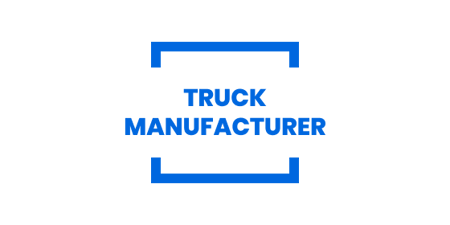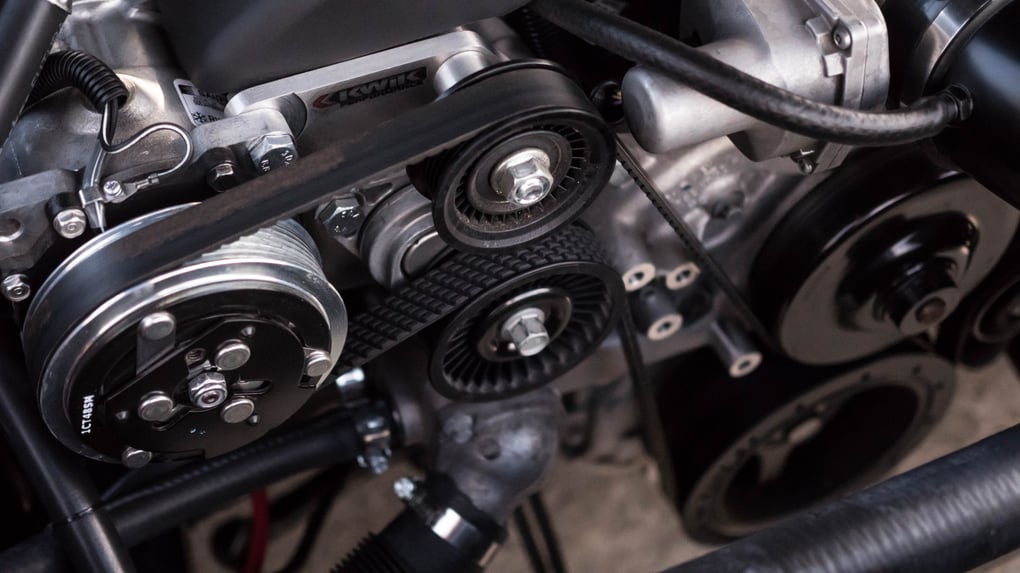
Client:Truck Manufacturer
Industry:Manufacturing
Region:North America
Atos Shows Truck Maker How to Use RPA on the Assembly Line

$480,000
saved annually in shop call expenditures
1,200
working hours saved
$175,000
cost avoidance per year
100%
increase in number of ECUs tested, from 10%
Client Overview
This North American truck manufacturer is one of the largest producers of commercial vehicles in the world, and their operations in the Pacific Northwest have an average of 240 vehicles on the assembly line every day.
Atos is used to create RPA bots for clients to optimize back-office processes. When a North American truck maker came to them with a manufacturing QA problem, they found UiPath could automate manual factory processes, too.
Robotic process automation (RPA) is commonly used to automate back-end business processes, bringing together data from different sources to streamline accounting, HR, ordering, and other office paperwork. You seldom see RPA making a difference on the factory floor. But one North American truck maker has found a way to save more than half a million dollars annually by automating component testing as part of its truck assembly process.
Atos, one of Europe's leaders in digital transformation with more than 110,000 employees in 73 countries, was commissioned to find a solution to the problem of faulty electronic control units (ECUs) making their way into the truck assembly process. A long-time integration partner with UiPath, Atos assessed the problem. They realized the same hyperautomation technology they used in the past to improve employee productivity could be applied to manufacturing as well. So they set out to find a way to test faulty ECU's using RPA.
Improving Manual Quality Controls
This North American truck manufacturer is one of the largest producers of commercial vehicles in the world, and their operations in the Pacific Northwest have an average of 240 vehicles on the assembly line every day. As part of truck assembly, each vehicle requires an ECU to be manually installed and set up. Once installed, the ECUs are tested using the Vehicle Electronic programming system as part of quality assurance.
Before adopting RPA, ECUs on the line were only sampled. An average of 10% of vehicles ECUs were being tested as part of the assembly process. Those units that failed were moved off the assembly line and repaired to bring the system within operating specifications. The result was a disruption in the assembly line, delays in scheduled deliveries, and a backlog of vehicles waiting to be built. The delays also affected customer satisfaction. The company came to Atos to fix the problem without disrupting the assembly line process.
Working with Atos increased our confidence in the data our plant received and decreased the chances of issues on the production line, which further delays our manufacturing process and the time it takes to resolve issues.
Engineer for Diagnostic Systems Mechatronics Engineering
Bringing RPA to the Assembly Line
This particular truck maker has already been using RPA to drive automation growth and has more than 270 bots in place to automate other parts of the business. When they approached Atos, it was decided RPA might be a solution for ECU testing as well. Just as RPA could automate manual office processes, why not use the same technology to automate processes on the assembly line? So Atos built an RPA solution for ECU testing that simulated manual installation and testing.
Rather than conducting ECU testing as part of truck assembly, the units were tested off-site two weeks before they reached the assembly line. This meant 100% of ECU systems could be tested, rather than just 10%. As a result, there were no more disruptions on the factory floor due to faulty ECUs.
"Working with Atos increased our confidence in the data our plant received and decreased the chances of issues on the production line, which further delays our manufacturing process and the time it takes to resolve issues," said an engineer for Diagnostic Systems, Mechatronics Engineering.
The savings were noteworthy as well. The truck makers saved $480,000 per year in shop call expenditures and recouped 1,200 work hours. They also saved $175,000 in cost avoidance per year. Given the success and returns from using RPA to automate ECU testing, the manufacturer is continuing to work with Atos to identify more factory processes that could benefit from RPA.
"The critical role of hyperautomation will enable enterprises to move beyond incremental gains and implement end-to-end automation against manufacturers' strategic roadmap,: said Eric Gall, Head of Manufacturing for Atos.
The critical role of hyperautomation will enable enterprises to move beyond incremental gains and implement end-to-end automation against manufacturers' strategic roadmap.
Eric Gall • Head of Manufacturing, Atos
Related case studies
Ready for your own case study?
Speak to our team of knowledgeable experts and learn how you can benefit from RPA.



